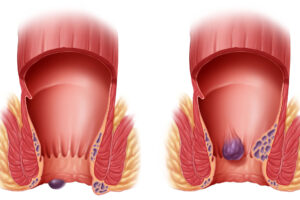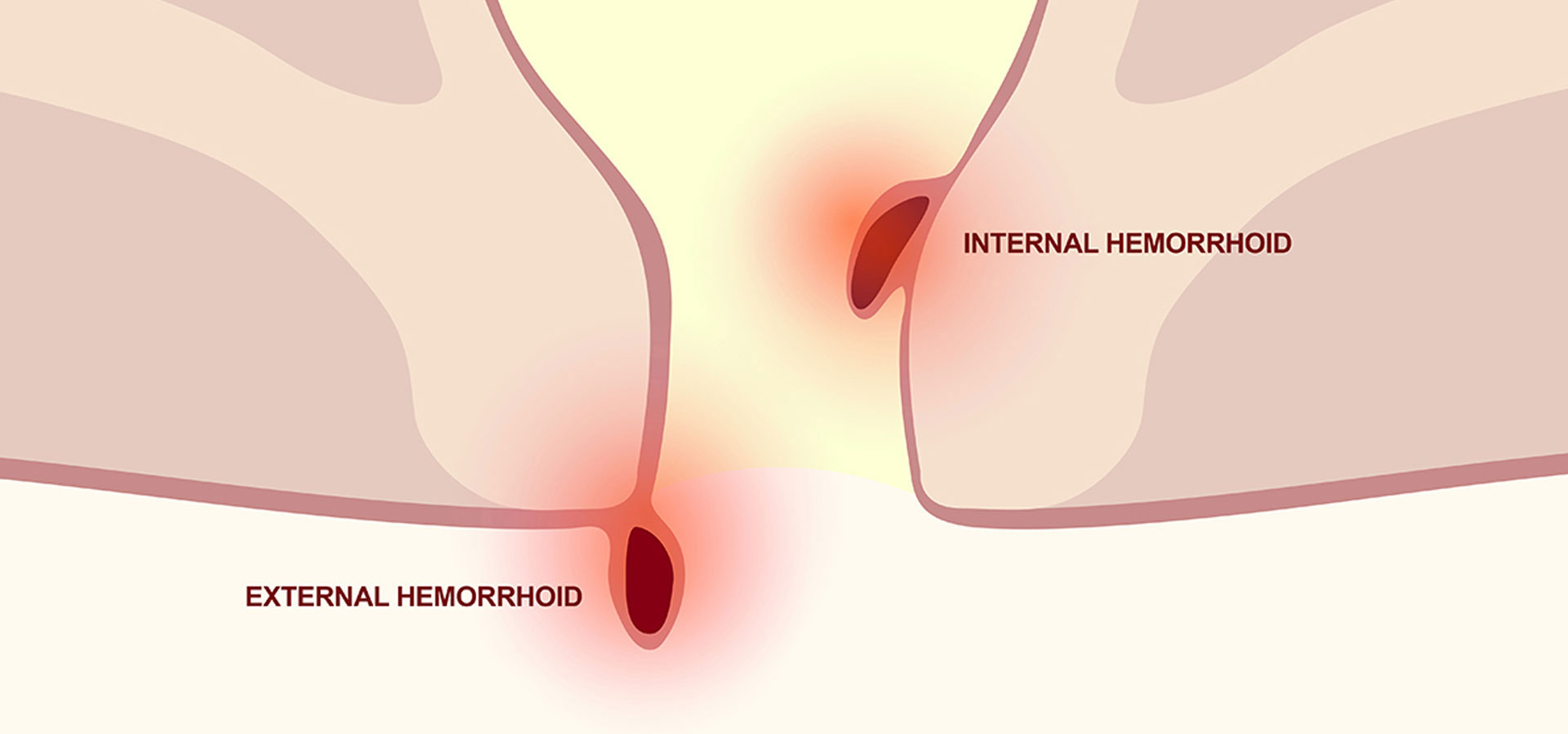Introduction
Hemorrhoids, also known as piles, are a common and often uncomfortable medical condition affecting millions of people worldwide. While they can cause discomfort and pain, the good news is that hemorrhoids can be effectively managed and treated. In this article, we will explore the causes, symptoms, and treatment options available for individuals dealing with hemorrhoids.
What Are Hemorrhoids?
Hemorrhoids are swollen and inflamed blood vessels located in the lower rectum or anus. These blood vessels can become enlarged and irritated, leading to a range of symptoms. There are two types of hemorrhoids: internal and external.
Internal hemorrhoids develop inside the rectum and are usually not visible or felt unless they prolapse or protrude through the anus. External hemorrhoids, on the other hand, occur under the skin around the anus and can be felt as small, tender bumps. They may cause itching, pain, or bleeding during bowel movements.
Causes of Hemorrhoids
Several factors contribute to the development of hemorrhoids:
Straining during bowel movements: Chronic constipation or diarrhea can cause increased pressure in the rectum, leading to the development of hemorrhoids.

Pregnancy: Hormonal changes and increased pressure on the veins during pregnancy can result in the formation of hemorrhoids.
Obesity: Excess weight can put additional pressure on the rectum and contribute to hemorrhoid development.
Sedentary lifestyle: Lack of physical activity and sitting for prolonged periods can lead to poor blood circulation in the rectal area, increasing the risk of hemorrhoids.
Aging: The tissues supporting the veins in the rectum may weaken with age, making older individuals more prone to hemorrhoids.
Symptoms of Hemorrhoids
The symptoms of hemorrhoids may vary depending on the type and severity of the condition. Common signs and symptoms include:
Rectal bleeding: Bright red blood on toilet paper or in the toilet bowl after a bowel movement is a typical symptom of hemorrhoids.
Itching and discomfort: Irritation and itching around the anus can occur due to the inflammation of hemorrhoids.
Pain and discomfort: External hemorrhoids can be painful, especially during bowel movements or when sitting for extended periods.
Swelling and lumps: Painless, soft lumps around the anus may indicate the presence of external hemorrhoids.
Treatment Options
Fortunately, many options are available for managing hemorrhoids. The choice of treatment depends on the severity and type of hemorrhoids, as well as individual preferences. Here are some common treatment approaches:
Lifestyle changes: Making dietary adjustments, including consuming more fiber-rich foods, drinking plenty of water, and avoiding prolonged sitting or straining during bowel movements, can help alleviate symptoms and prevent future flare-ups.
Topical creams and ointments: Over-the-counter creams or ointments containing hydrocortisone or witch hazel can provide temporary relief from itching, pain, and inflammation.
Sitz baths: Soaking the affected area in warm water for 10 to 15 minutes several times a day can help reduce swelling and provide relief.
Medications: In some cases, doctors may prescribe medications, such as oral pain relievers, stool softeners, or prescription creams, to manage symptoms.
Procedures: For more severe or persistent cases, medical procedures such as rubber band ligation, sclerotherapy, or hemorrhoidectomy (surgical removal) may be recommended.
Prevention
To prevent hemorrhoids or reduce the risk of recurrence, you can take the following preventive measures:
Maintain a high-fiber diet: Consuming plenty of fruits, vegetables, and whole grains can promote regular bowel movements . If you have any more questions regarding managing hemorrhoids then please feel free to contact us.
Definition & Facts of Hemorrhoids – NIDDK (nih.gov)
Home – Colon & Rectal Care Center of Phoenix (colorectaldoc.com)


